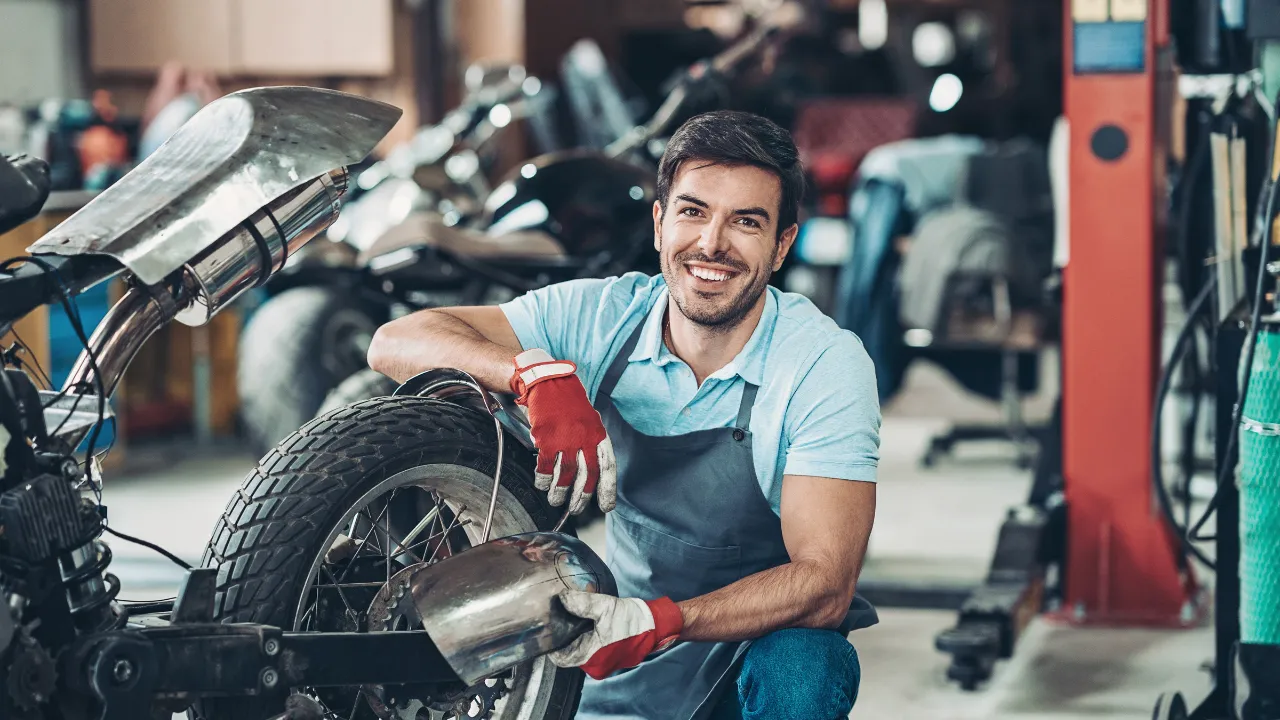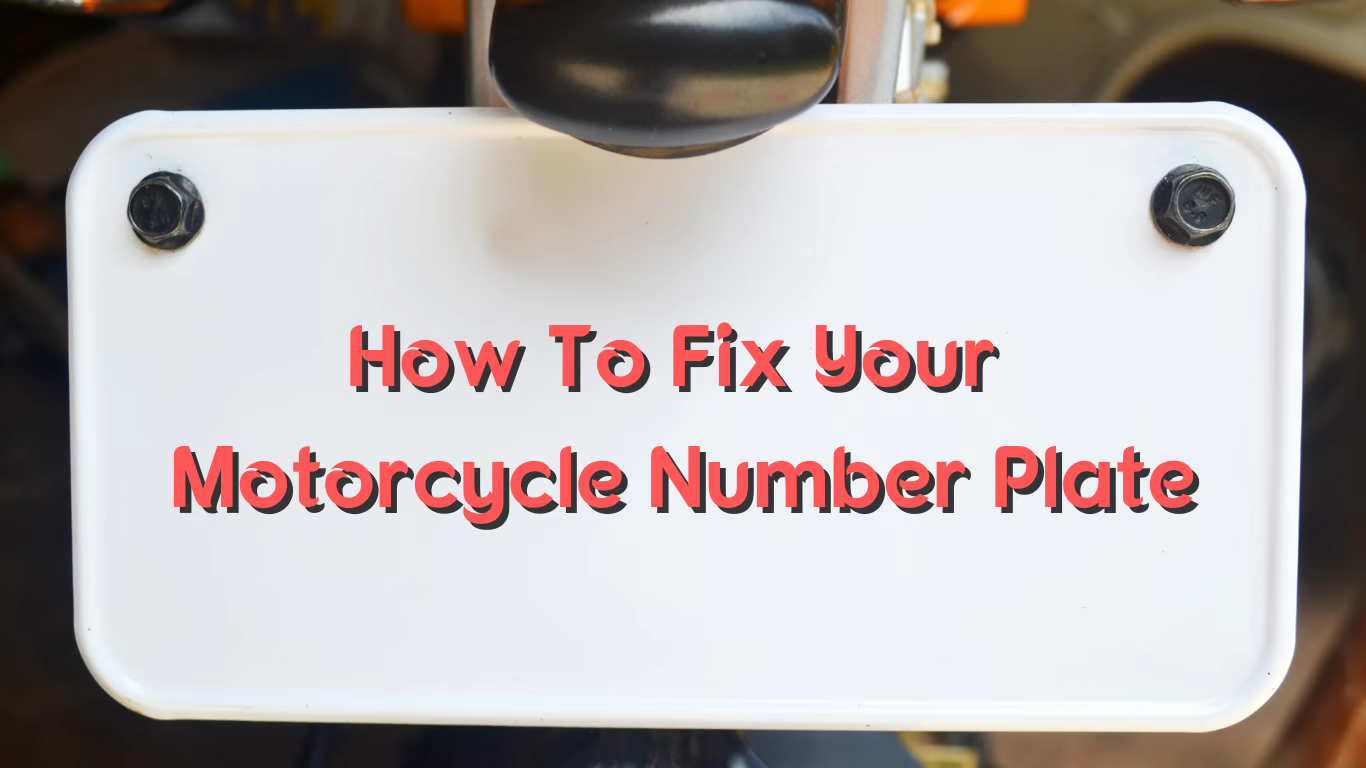The youth of today, as well as people of all ages, are interested in giving any object a new appearance in order to make it look more attractive. In a circumstance like this, how are people or young adults who ride bikes or motorcycles supposed to stay behind?
We have received a lot of inquiries from people asking if it is possible to paint the engine or not. So, the answer to this question will be in this article. Read it all to find out more.
Is It Possible To Paint A Motorcycle Engine?
The appropriate method for applying motorcycle engine paint can be accomplished with a roller, a brush, or a spray gun, so the right answer is “yes.”
I’d like to point out that the motor coater has good self-leveling characteristics for your consideration in order for the brush marks to come out clearly.
Spray painting is the best method for giving any metal the best cosmetic finish possible, just like it is with any other kind of paint.
It makes no difference whether the engine is assembled or painted first. People often think that an engine’s lifetime warranty is void if it is opened up to be painted.
This is not true. The heat produced by any engine is sufficient to cause damage to the paint.
How To Paint The Engine?
The engine is painted before it is put together. Before painting, the engine is given a thorough cleaning with thinner, wax remover, and grease remover.
People generally agree that baking soda is a great way to clean the engine. After the engine has been cleaned, several layers are coated on it to determine which paper will be used on top, and then it is allowed to dry.
After it has been completely dried out, it is collected. It is first covered in newspaper, and then two layers are mounted on top of that. It is taped in the manner of a lifter valley and a piston bore.
When cleaning, if there is still a layer of water that remains, the engine suffers a lot, which causes the longevity of the engine to be significantly affected.
On top of this, we will first apply red oxide, and then after that, we will use the engine’s original color.
If you want to print the whole engine at once, your best bet for preparation is to use hot, soapy water and put in a lot of effort.
On the other hand, the hardness of engine bearings is typically around 6, which is significantly higher than the hardness of baking soda (2.5 on the scale).
Compared to it, soda is pretty soft. Because of this, it has a unique effect on the inner corners of the pits, and it doesn’t take much work to clean them.
Problems With Painting The Engine
Painting an engine presents a number of challenges, two of which are adhesion and heat.
One of the most significant challenges associated with painting the engine is hot tracking and scrubbing, both of which cause the paint to flake off whenever the engine is struck.
Baking soda is easily absorbed into liquids such as water and oil, resulting in a material with a lower hardness on the surfaces that are the most porous. Because of this, it is essential to start by peeling back the very top layer.
Heat is the most damaging element to paint. Because of this, the paint begins to bubble or peel off because it comes into contact with the hot place, which is the cause.
A thicker belly discourages the transfer of heat, thereby allowing cooler air to acquire on the surface of the engine.
Type of Engine Painting
1. Manual Painting
2. Spray Painting
3. Deep Painting
Manual Engine Painting
There are three different ways that the engine is painted, and one of those ways is called “manual painting,” which simply means that it is painted by hand.
When painting the engine, the top portion of the engine is painted first. In the end, the lower part of it is painted. In this regard, we would like to inform you that even the smallest cracks and pores are sealed.
When an engine is painted in this manner, the engine needs to be painted not once, but multiple times, so that all of the paints on the engine are visible in an equal amount.
If the smooth surface is not getting painted, then the sand has to be rubbed with sand paper and then paint is applied on top of that.
In reality, there is a problem with the way that this type of paint is applied.
Spray Engine Painting
One distinctive aspect of spray painting is that the engine is given a shiny, finished appearance by applying paint to the surface in the form of a spray. Spray painting is also used in this.
Specifically or in three parts. Airless spray painting, compressed air spray painting, and static electric spray painting are the three components of this.
If we are talking about airless spray painting, it is painted by filling it with the aid of a high pressure liquid pump, dividing it into tiny ear shapes, and spraying it on the haunting.
Using this technique, a large surface can be painted in a short amount of time, and it is simple to paint over. I
n the compressed air spraying technique, an empty tank is filled with air and stored before being used. It is coloured in areas where more work gets done because of its strength.
Time is saved, and the painting surface receives a thin, even coat of paint. Electric Static Spray The use of this method requires an electric current of 10,000 volts to 100,000 watts, and painting with it is not simple because it requires spraying paint along the edges of a rapidly rotating cube.
Painting is done, and because static electricity erosion turns the paint into charged particles when it dries, the paint attracts and adheres to the surface very well.
Deep engine Painting
It is a convenient method of painting that involves making a paint solution before dipping the object that is going to be printed in it and then removing it.
When painting large-scale engines, this method, which is very straightforward and uncomplicated, is utilized.
This painting simplifies the way that big engines are shown, which changes how those engines work in the end. The method is used to colorize the voids in large engines using this approach.
How To Paint An Old Engine?
Before painting the old engine, it must first be cleaned thoroughly with sandpaper so that the paint can adhere properly.
After the starter, exhaust, and carburetor have been removed from the engine, cotton or some other kind of cloth is placed in their places so that water will not be able to enter the engine.
In order to prevent water from getting inside the engine, the gaps are sealed off and a comprehensive cleaning is performed.
A mixture consisting of 60% by volume of the color and 40% by amount of the thinner is prepared in the engine and then poured over the engine.
Precautions Should Be Taken Before Painting
We should take our precautions before coloring the engine. Here, I’m sharing some important and simple tips to keep yourself in a safe zone.
- Gloves in hand and face should be covered completely so that no chemical can harm us.
- Once the engine is painted, it should be left for 5 to 8 hours so that it dries completely. After that a clear court should be brought on him.
- Clear plating is required when the engine is to be brightened over colored items. In this, we should use PU and NC thinners. So that the life of the paint done on that engine can be extended.
- While it is drying, make sure there is no dirt or dust on the engine so that it remains completely clean, there is no difficulty applying a clear coat to it, and the clear coat begins to shine. Once painted, all the components are assembled and re-fitted into the vehicle.
How Do I Protect Engine Paint?
You can prevent the engine paint from being wasted with the help of the following steps. If you follow them, the engine paint will last longer, and you won’t have to paint it as frequently.
- Protect the engine from dust.
- Protect the engine from water so that it does not rust.
- Do not divide the engine into several parts repeatedly.
- Always remove the ground soil from the engine.
- Sometimes engine oil spillage causes great damage to the engine. Keep cleaning it from time to time.
- To protect the engine, get it dented and painted from time to time.
- Avoid spraying water on a hot engine.
- Do not place any wet objects on the engine.
Conclusion
Engine safety is of paramount importance, and it is very important to keep it through the paint and make it visible for a long time. You learned how to protect your engine in this article.
How do you print an engine, and how do you save your engine for a long time? We have learned in this article about all the problems faced by the engine and how to be careful while painting the engine.






